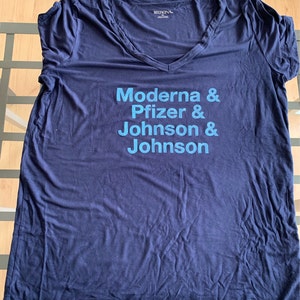Sue's "Fiber Visions" art quilt group recently issued a challenge to create a small art quilt based on a photograph. Options were varied: print the original photo on fabric and embellish it in some way, recreate the photo using any techniques desired, use the photo as inspiration for your design, or interpret the photo in some other way. Sue chose to work with the photo below from her spring trip to Scotland. These teasels (a type of thistle) were photographed in the gardens of the governor's palace in the village of Culross. For any Outlander fans, Culross is a 17th century village used to represent the village of Crainsmuir in the Starz drama. A number of scenes were filmed in various rooms of the palace.
Monday, September 12, 2022
Scottish Teasels
Tuesday, August 23, 2022
More Botanical Printing
Last time Elizabeth shared eco printing on paper with her sister Becky in New Hampshire. Meanwhile, in Virginia, Sue was also experimenting with botanical printing. Her first attempt was using rose petals to dye fabric. Fading anniversary flowers were the impetus for this effort which turned out reasonably well.
The fabric was first soaked in a mordant containing alum and washing soda to help the color bond to the fabric. It was also spritzed with diluted vinegar. The flower petals were sprinkled on half the fabric, then it was folded in half before rolling and tying
Iron, in the form of rusty keys, was also added to the pot. The bundled fabric was steamed for about 2 hours, then allowed to sit over night before unwrapping.
Wednesday, August 17, 2022
Ecoprinting on paper with botanicals
Using vinegar and alum for the mordant and rusty pieces of iron in the water the bundles boiled about 2 hours in an old turkey roaster.
They used inexpensive watercolor paper from Five Below and also large index cards which worked surprisingly well. As this batch of paper came on a spiral notebook, the rough spiral edges were left to assist with opening and separating the wet pages. It gave something to grab on to and the spiral edges can be cut or torn off later.
Here are some results. The first two are different types of ferns, followed by a hydrangea
and then five index cards with sumac designs on them.
Sunday, March 27, 2022
Untold Stories
It seems we've been absent on the blog for a bit. Elizabeth broke her hand in February, and both Elizabeth and Sue are spending time on preparations for an upcoming VCQ retreat (of which Sue is chair) at the end of April. But now that a recent piece of Sue's has been shared on the Colorways by Vicki blog, it's time to share here as well. Sue created this piece in 2021 as a tribute to her father and his World War II service. It is called "Untold Stories".
Saturday, February 26, 2022
Words, Words, Words
Thermofax screens are a good way to put words or sayings onto ready-made garments, totes, and other items. Many of our custom clients send us a Word document with their word or saying and we make the screen. A note of caution though that very large solid designs may not print as clearly as other methods of putting a word on your garment. Fabric texture may also impact how the design screens and all designs should be tested before screening on your final product. Our customers have sent us some great examples of the items they have made with screens they designed using various fonts.
Another customer printed this bag for her husband who is a local historian and leads Ghost Walks in Virginia Beach. Doesn't it look great?


































